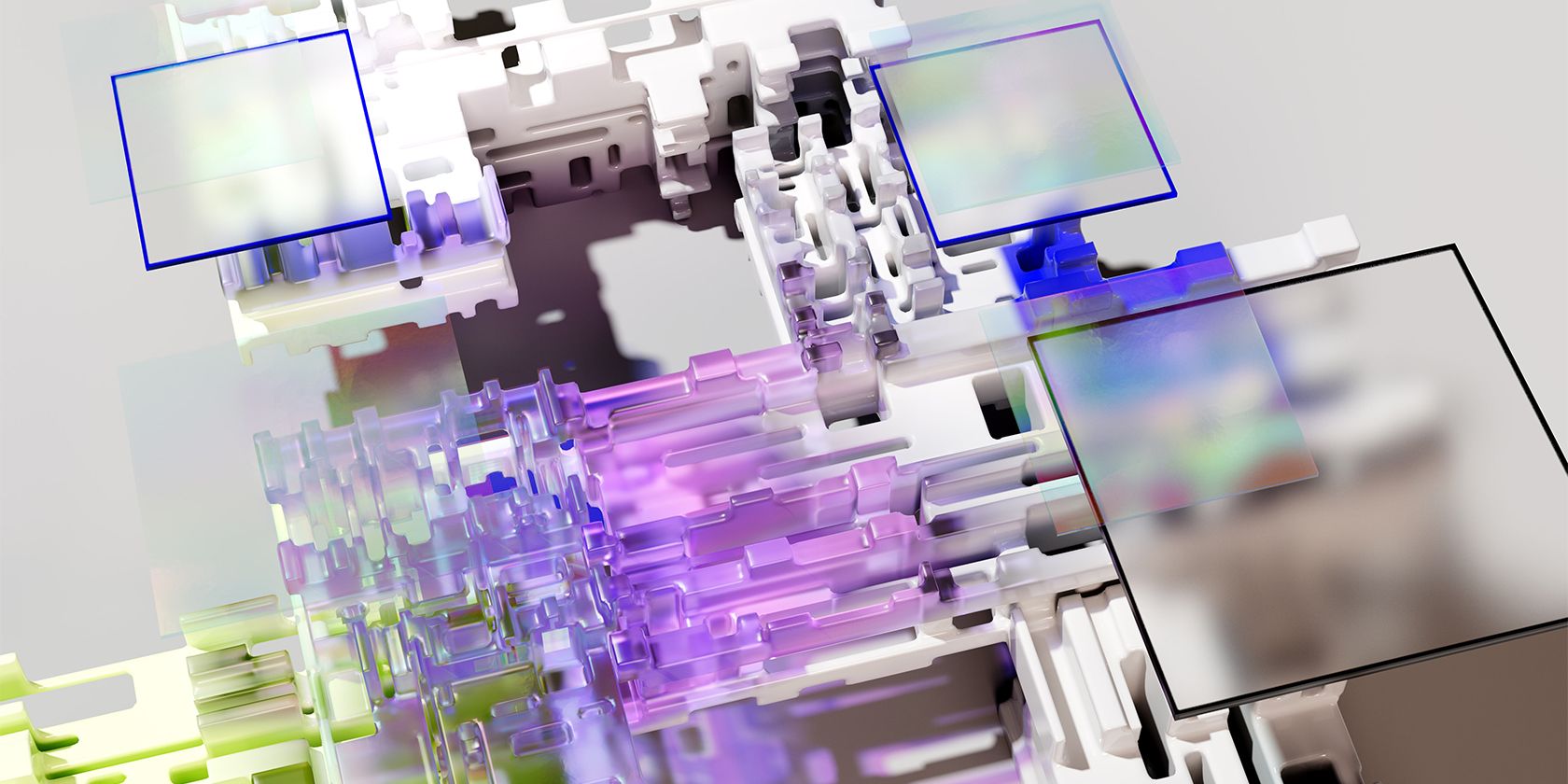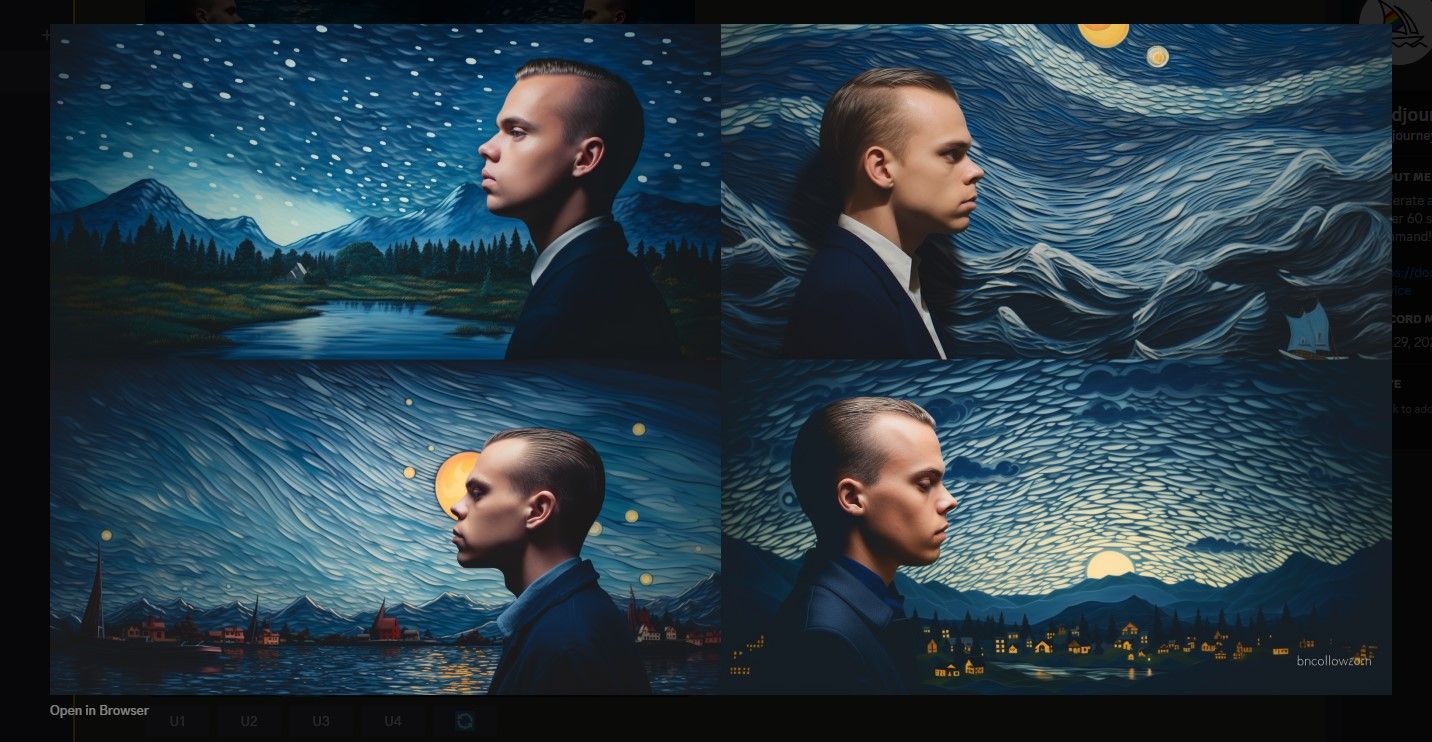Imitating art has long been a form of practicing artistic skills. Being inspired by artistic style, technique, or imagery is encouraged in art schools around the world.
AI-generated artwork also uses years of art history and style to create new artwork. While the works of Van Gogh, Picasso, or Dali are often imitated without onlookers batting an eyelid, now AI is using living artists’ work to generate new artwork, which might be a problem.
Are the copyright rules for AI artwork different from those of traditional art imitation or creation? How can artists protect themselves from AI generators stealing their work or from being ousted from the art scene by a new wave of AI-generated artwork?
How Is AI Art Generated?
AI art generators use various algorithms and datasets to obtain, organize, and reproduce information. There are different types of generators; text-to-image generators are the most popular by allowing anyone to type a description and at the click of a button, they generate a new art piece.
Another AI art generation technique is creating artwork from inputting photos; this is called photo-to-art generation. As AI becomes more popular and better trained, there are increasing ways to create instant art without any skills.
AI algorithms use information from existing art styles and imagery. These might be historical artworks or newer art found on the internet. This is problematic as the algorithms are often trained without the original artists’ consent.
AI art generation became easily available to the public throughout 2022, and, as such, anyone with access to the internet is able to create and share AI artwork of their own. Great for the masses, but what does this mean for copyright around AI art?
Can AI Art Be Copyrighted?
Since AI art is created by algorithms and image information gathered over time, there is no human artist of AI art. In the United States, a federal judge ruled in 2023 that AI artwork cannot meet federal copyright standards because “Copyright law is ‘limited to the original intellectual conceptions of the author’.” With no author, there is no copyright.
It is irrelevant if a human made the computer system or scripted the algorithm for which its AI is trained upon—if a human or group of humans didn’t originally create the artwork, it is not permissible to be copyrighted in the United States. Many countries worldwide follow similar practices, making AI-generated artwork unable to be copyrighted.
Deep AI, an AI art generator, states on its terms of service page that all content created using its AI tools is free of copyright, including for all legal uses, such as personal and commercial gain. If you read the terms and conditions of other AI art generators, you’ll find similar wording.
AI Art and Copyright Infringement
Although an AI-generated artwork cannot be copyrighted or attributed to a person, the artwork used to train the generator algorithms is often copyrighted, owned, or attributed to real human artists and creators. As a result, there may be copyright infringements when creating AI-generated art.
In early 2023, Getty Images opened a lawsuit against an AI generator that was suspected of using unlicensed Getty Images photos to create AI images. While the resulting images hold no copyright, the photos used to create them had copyright licenses that weren’t adhered to.
It’s difficult or even impossible to find how AI generators were trained and on which imagery. Due to that, you should always assume copyright infringement and therefore never use AI-generated work for commercial reasons.
One of the limitations of using Adobe Firefly’s AI generator is that the images are for personal use only. Adobe trains its AI using Adobe Stock imagery and not with public artworks, which is a step in the right direction for public copyright protection.
If you are concerned about a generator’s image use or training material, you can report the generator or website. If you recognize an individual artist’s work being used you should also contact the artist directly, so they have the option to take action.
If you are an artist, you can protect yourself from copyright infringement of your own original works by AI generators by applying for a Creative Commons license for your creative works. You can also follow the best practices for protecting your images from AI generators.
While it won’t stop an AI company from stealing your work if they’re intent on doing so, it may help you prove copyright infringement if needed.
Predictions for the Future of AI Art Copyright
In such a fast-growing field, it’s hard to predict what may happen for the future of copyright when AI art is normalized. Many countries like the United States, Germany, and Spain have strict rulings on how artwork can be—or not be—copyrighted, so it looks like with the introduction of AI-generated work, it will remain unable to be copyrighted.
Artists, photographers, and libraries may change the copyright of their artwork to reflect this ever-changing technology. It may be harder for AI algorithms to obtain artistic information if the images retain stricter copyright protections. Overall, there are a few solid ways to protect your work from generative AI.
Always read the terms and conditions of any image software you use—whether it’s to create imagery or to store your own—as they may use your information for AI systems. For example, you can opt out of Adobe's content analysis which may feed information to Adobe's AI. There might be similar options in other software, although it’s probably hidden deep in heavy wording, making it hard to find.
Key Takeaways
- AI-generated artwork imitates existing art styles and imagery, often without the original artists' consent, raising concerns about copyright infringement.
- AI art generators use algorithms and datasets to create art, allowing anyone to generate art without any artistic skills or knowledge.
- AI-generated artwork cannot be copyrighted in many countries, including the United States, as there is no human artist behind it, posing challenges for artists to protect their original works from AI theft.
Imitation Is the Greatest Form of Flattery
Many great artists learned by imitating famed art pieces. This learning technique allows an individual artist to learn old, traditional techniques to practice and create new ones. AI art generators are only using existing art to supply digital imagery for frivolous fun, essentially.
Is the heartbreak of copyright infringement worth the luxury of gamified imagery at the click of a button? Only time will tell how the copyright landscape changes in the wake of this new art movement.


